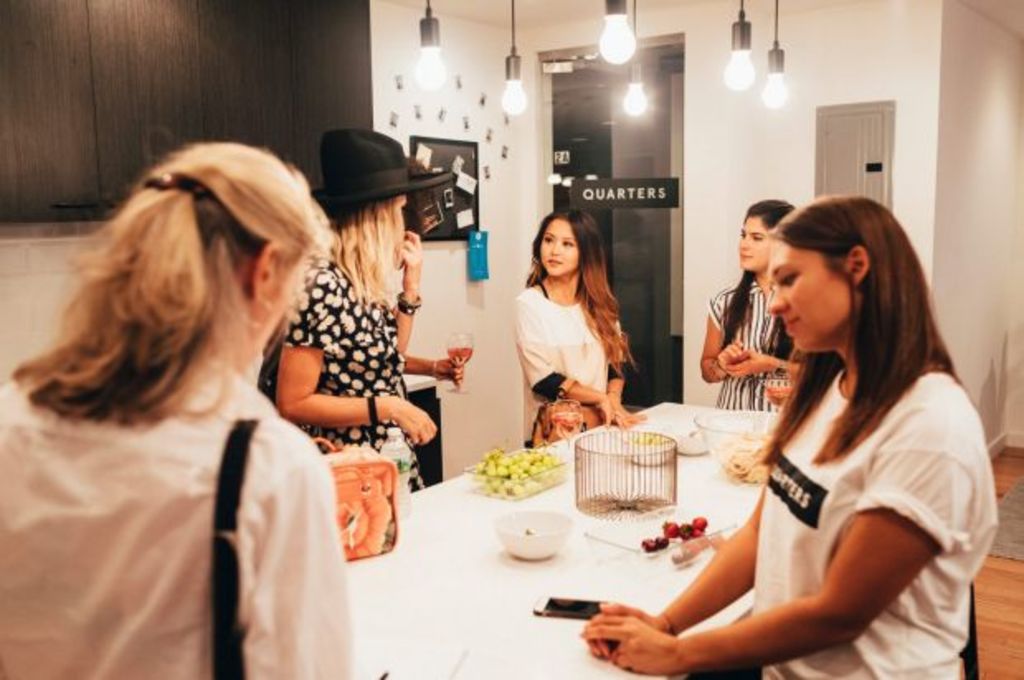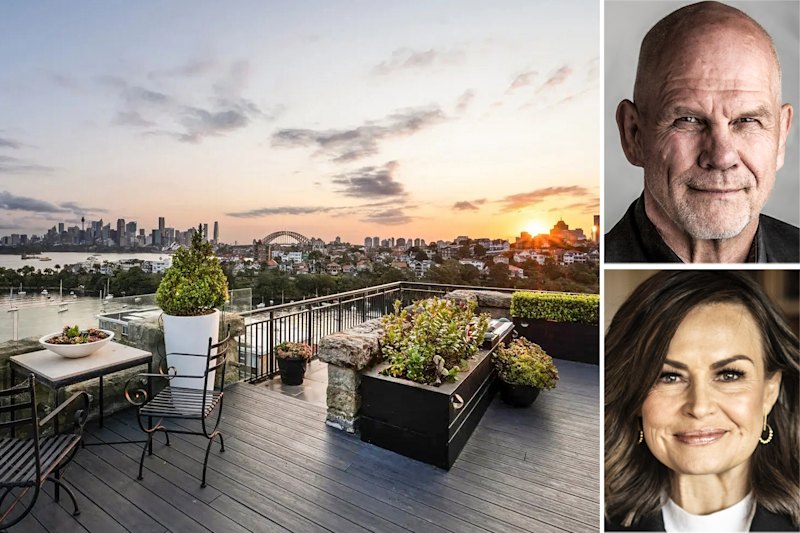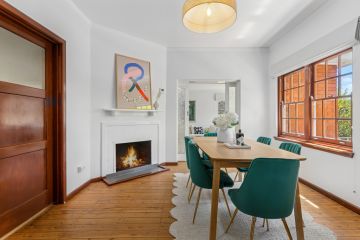Co-living apartment buildings like WeLive, Urby and Common taking off in New York

Tuesday was family dinner at WeLive Wall Street in New York: vegetarian meatballs and grilled chicken, black truffle gravy and green peas. Thursday was a “craft jam” – terra cotta pot painting amplified by rosé and salty snacks – in Brooklyn.
A few weeks earlier, I had made a terrarium at Jersey City Urby and joined a bar crawl through the Lower East Side with a group from Quarters.
These were some of my adventures in co-living, a housing model that draws inspiration from the single-gender residence hotels of the early 20th century and postwar intentional communities, along with modern co-working spaces and hacker hostels.
Conventional developers are starting to play with the idea, bringing a swankier gloss to what had been homespun group housing. Newer iterations seem more akin to the millennial-focused, hipster-amenitised luxury rental developments that are sprouting countrywide (with design tropes that include raw wood shelving, vintage board games, Dutch bikes and picture books like “The Selby Is In Your Place” strewn about the common areas).
Using architecture, design and so-called community programming co-living aims to push people together. It’s housing buoyed by and addressing a collision of attendant themes: the sharing economy and a yearning for connection, social and professional, among overworked millennials and a workforce that’s increasingly freelance.
More prosaically, co-living can simply mean roommates and common rooms, like a dorm.
- Related: Rise of high-rise community living
- Related: Introducing co-housing: Urban housing solution
- Related: The co-living concept taking off
Late June: Terrariums and Cocktails, Jersey City Urby
Inside the 69-story Jersey City Urby, an armada of common areas stretch out with the sort of design flourishes and perks you’d see in Facebook’s campus in Menlo Park, California: a coffee bar; an AstroTurf lawn; a fire pit; an enormous outdoor swimming pool; and a living room with vintage board games and comfy sofas.
Though Jersey City Urby is not quite co-living – it is, essentially, a conventional apartment building with 762 units that rent with conventional leases – its community features are right out of the co-living playbook. Rents start at $US2,500 ($3160) for a studio.
The building has both an artist and a scientist in residence. The Staten Island Urby has its own farmer. In June alone, there were all sorts of socially sticky events: wine tastings and ice cream socials; a farmers’ market tour; movies on the pool patio; and terrarium night, held in the Urby Lab, a one-bedroom model apartment on the 68th floor.
We were a full table that evening, passing acid-hued moss and tiny plastic creatures to tuck into our globe-shaped terrariums. There was Akshata Puri, a 31-year-old senior data analyst; Bea Walter, 22, a photographer who had just graduated from New York University; and Meghan Kershaw, 31, a nutrition science and policy researcher who works out of the one-bedroom she shares with her husband, Josh, a technology associate at JPMorgan Chase.
Mid-July: Bar Crawl, Quarters on Grand Street
Kahshanna Evans is the community manager at Quarters, run by the Medici Living Group, a co-living company in Berlin. Evans, a former Girl Scout and model, said it is in part her intuition (and a background check) that organises roommates into salubrious arrangements in this brand-new, seven-story brick building on the Lower East Side.
On a recent Wednesday, Evans was setting out vases of wildflowers and bowls of cherries, grapes, strawberries and chips. There was rosé and beer. She noted that her Girl Scout experience had equipped her for this mission, with core principles like “Leave the place cleaner than when you arrived.” In a tour of the apartments upstairs, which are stylishly furnished with Casper mattresses and sturdy furniture from the Detroit company Floyd, Evans smoothed bedspreads and pillows.
Sally Lyndley, a fashion stylist, is paying $US3,499 for a 19.6-square-metre room, which comes with a terrace and four roommates, none of whom she met before moving in, so the background check was a perk.
“I wanted to make sure it wasn’t a frat house,” said Lyndley, 38, “because Mama’s grown out of that. Or you meet a nice roommate, but she’s a heroin addict. I’ve been down that road.”
Early August: Family Dinner at WeLive Wall Street
WeLive is run by the seven-year-old WeWork co-working behemoth, now with a valuation of $US20 billion and with offices in 49 cities in 15 countries.
There’s a galley kitchen, and a sleek white laminate cabinet hiding a Murphy bed from Resource Furniture, for those who want a roommate or a houseguest.
I liked my cubby bed, but apartments tucked into office buildings can be grim, despite the ferry terminal outside this one, the literary embellishments and the free coffee.
Floors are organised into “neighbourhoods,” with open staircases and unifying decorative schemes. There’s a BYO whiskey bar, a library, and common kitchens are stocked with coffee and fruit water. The laundry room has a pool table.
Early August: Craft Jam at Node Brooklyn in Bushwick
Inside, a parlour room was swathed in Brooklyn toile; there were vintage photographs of the neighbourhood, and on the shelves, the requisite board games and other accoutrements of the internet-weary.
The apartments, fully furnished in a gender-neutral, post-West Elm manner, have plump blue Smeg refrigerators in their open-shelved galley kitchens. The backyard is propped with Brimfield finds – seats made from rusty milk cans, vintage signs – and above, a web of industrial light bulbs.
Rents start at $US2,800 for a one-bedroom. You can bring your own roommates, or Jeanette Dobrowski, Node’s 28-year-old community curator, will fix you up.
“We target global citizens who want to live with people from all walks of life,” said Dorothea Avery, Node Brooklyn’s 36-year-old co-founder, and a former Wall Street trader.
Avery noted the boons to a developer for charging a premium for well-appointed spaces – four more Node Brooklyn buildings are nearly complete – and also the health advantages of group living.
Single people, some studies show, die younger.
We recommend
We thought you might like
States
Capital Cities
Capital Cities - Rentals
Popular Areas
Allhomes
More







